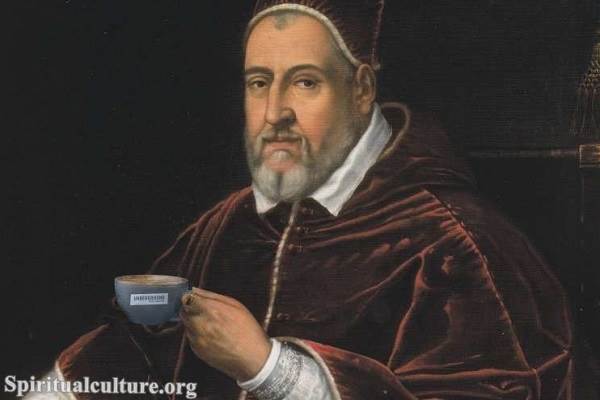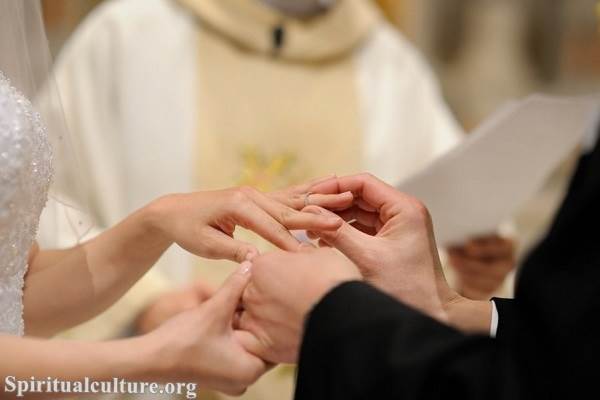Throughout history, the Catholic Church has lifted up certain men and women as saints — not because they were perfect, but because their lives reflected God’s grace in radiant ways. Many of them are remembered for miracles: moments when the natural order bent to something greater, something sacred. But what does the Church actually teach about saints and miracles? And what do these extraordinary stories reveal about the heart of Catholic faith?
As Spiritual Culture, we invite you to explore this sacred path with us — not just as history or doctrine, but as a living stream of faith. In this article, we will explore who the saints are, why miracles matter, how the Church verifies them, and what all of this means for your own spiritual journey. Whether you are devout, doubtful, or simply curious, this is a story about how heaven touches earth — through lives surrendered to divine love.
Who Are the Saints?
Called by God, Canonized by the Church
In Catholic teaching, a saint is someone who is definitively in heaven — someone whose soul, after death, has been purified and united with God. The Church doesn’t make someone a saint; it recognizes that a person is already with God by declaring them a saint through a formal process called canonization.
These individuals come from every walk of life: mystics, scholars, warriors, mothers, monks, kings, children, and martyrs. They are spiritual companions for every season of the human heart.
“Be holy, for I the Lord your God am holy.”
— Leviticus 19:2
Holiness, in Catholic understanding, is not a prize for the few. It is a calling for all. Saints show us what this calling can look like when lived with courage, humility, and relentless trust.
The Communion of Saints
Catholics believe in a mystical unity that transcends time — the Communion of Saints. This includes:
- The Church Triumphant (those in heaven)
- The Church Suffering (souls in purgatory)
- The Church Militant (the faithful on earth)
Saints are not dead historical figures. They are spiritually alive, part of this great communion, interceding for us and cheering us on from eternity.
What Are Miracles?
Signs of God’s Power and Love
In the most basic sense, a miracle is an extraordinary event that cannot be explained by natural or scientific laws — and is understood as a direct act of God.
Miracles in the context of Catholic saints often fall into three categories:
- Healings (physical or emotional restoration)
- Apparitions (visions or appearances, often of Mary or Christ)
- Incorruptibility or mystical gifts (bodies that do not decay, stigmata, bilocation, etc.)
These are not magical tricks. The Church teaches that miracles are signs — pointing us toward faith, not replacing it.
“Unless you people see signs and wonders,” Jesus told him, “you will never believe.”
— John 4:48
Jesus performed miracles not merely to dazzle, but to heal, reveal, and invite trust. Catholic saints, in His image, are often vessels of similar signs.
Why Does the Church Investigate Miracles?
Discernment with Rigor and Reverence
Before canonizing a saint, the Church typically requires two verified miracles attributed to that person’s intercession (only one for beatification; none for martyrs). These miracles are not taken lightly.
The Vatican’s Congregation for the Causes of Saints employs:
- Doctors and medical experts to rule out natural explanations
- Theologians to examine spiritual significance
- Apostolic authorities to confirm spiritual fruit
Each miracle is carefully examined, not to prove the saint’s power, but to affirm God’s action through their life and ongoing intercession.
This rigorous process ensures that credibility and discernment remain central — so that faith remains rooted, not in superstition, but in sacred reality.
Stories of Saints and Their Miracles
St. Padre Pio — The Wounded Healer
The Italian Capuchin friar Padre Pio bore the stigmata (wounds of Christ) for 50 years. Witnesses reported healings, bilocation, and prophetic insights during his lifetime. One of the miracles attributed to his intercession involved the sudden healing of a young boy with meningitis, verified by medical professionals.
He was canonized in 2002, and remains a beloved figure for his deep prayer life and mystical intimacy with God.
St. Therese of Lisieux — The Little Flower
Therese’s miracles began after her death. A young seminarian with advanced tuberculosis was completely cured after praying to her. Pope Pius XI declared her a saint in 1925 and called her “the greatest saint of modern times.”
Her spirituality of “the little way” — doing small things with great love — continues to inspire millions.
St. Juan Diego — The Messenger of Guadalupe
In 1531, the Virgin Mary is believed to have appeared to Juan Diego, an Indigenous Mexican convert. As proof, roses bloomed out of season and an image of Mary appeared miraculously on his tilma (cloak).
This image, still visible today, has defied scientific explanation. Juan Diego was canonized in 2002, and the Basilica of Our Lady of Guadalupe is now one of the most visited pilgrimage sites in the world.
What Do Saints and Miracles Mean for Us?
More Than Stories — They Are Invitations
Catholic teaching is clear: we are not required to believe in private miracles or even the supernatural stories of saints. These are not dogmas, but helps.
And yet, their spiritual impact can be immense.
Saints remind us that holiness is possible — even in our age. Miracles remind us that God is still active — even in the ordinary. Together, they call us not to escape life, but to live it with deeper trust, compassion, and awe.
“With man this is impossible, but with God all things are possible.”
— Matthew 19:26
Are Miracles Still Happening Today?
Yes — Quietly, Humbly, and Often Hidden
While some miracles are dramatic, many are subtle: a terminal diagnosis reversed, a soul restored through prayer, a hardened heart softened by love.
The Church continues to investigate modern claims with discernment. But beyond institutional recognition, many believers witness quiet miracles in their own lives — small moments of grace that transform everything.
In this way, miracles are not just proofs, but experiences of love.
Saints as Intercessors, Not Replacements
The Catholic Balance
The Church does not teach that saints replace God, or that we “worship” them. Rather, we honor them and ask for their prayers, just as we might ask a friend to pray for us.
This practice is rooted in Scripture:
“The prayer of a righteous person is powerful and effective.”
— James 5:16
And in Revelation:
“The prayers of the saints rose before God like incense.”
— Revelation 8:4
The saints are models, friends, and prayerful companions — never idols. Their lives and miracles lead us deeper into relationship with Christ, not away from Him.
How to Relate to Saints in Daily Life
Bringing the Holy Close
You don’t need a miraculous healing to experience the presence of saints. You can:
- Read their stories — they are spiritual autobiographies of transformation
- Pray with them — ask for their intercession in struggles, hopes, and healing
- Celebrate their feast days — mark time with sacred memory
- Live their virtues — bring their legacy to life in your own choices
In every age, new saints emerge. Their lives remind us that grace is not abstract. It is embodied — and can be incarnate in you.
Reflect and Reimagine
Catholic saints and their miracles are not relics of the past — they are living signs of what it means to say yes to God. Through them, the Church invites us to see that holiness is not for the elite, but for the willing. And that miracles, while rare, are windows through which heaven still shines into earth.
Perhaps the greatest miracle is not a physical healing, but a heart awakened — to faith, to love, to the sacred possibilities in everyday life.
So we ask you:
Who is a saint that speaks to your soul?
What miracle — however small — has touched your life?
Let their stories stir your own. For holiness is not far from you. It is already reaching toward you.
With reverence and hope,
Spiritual Culture



